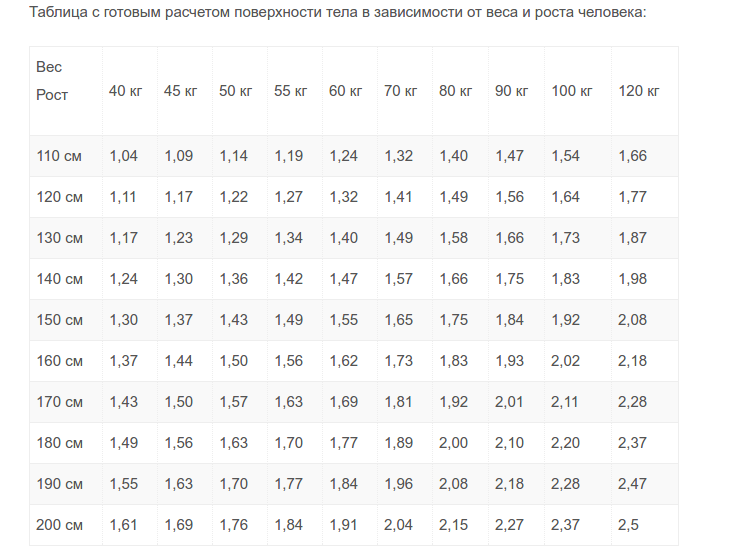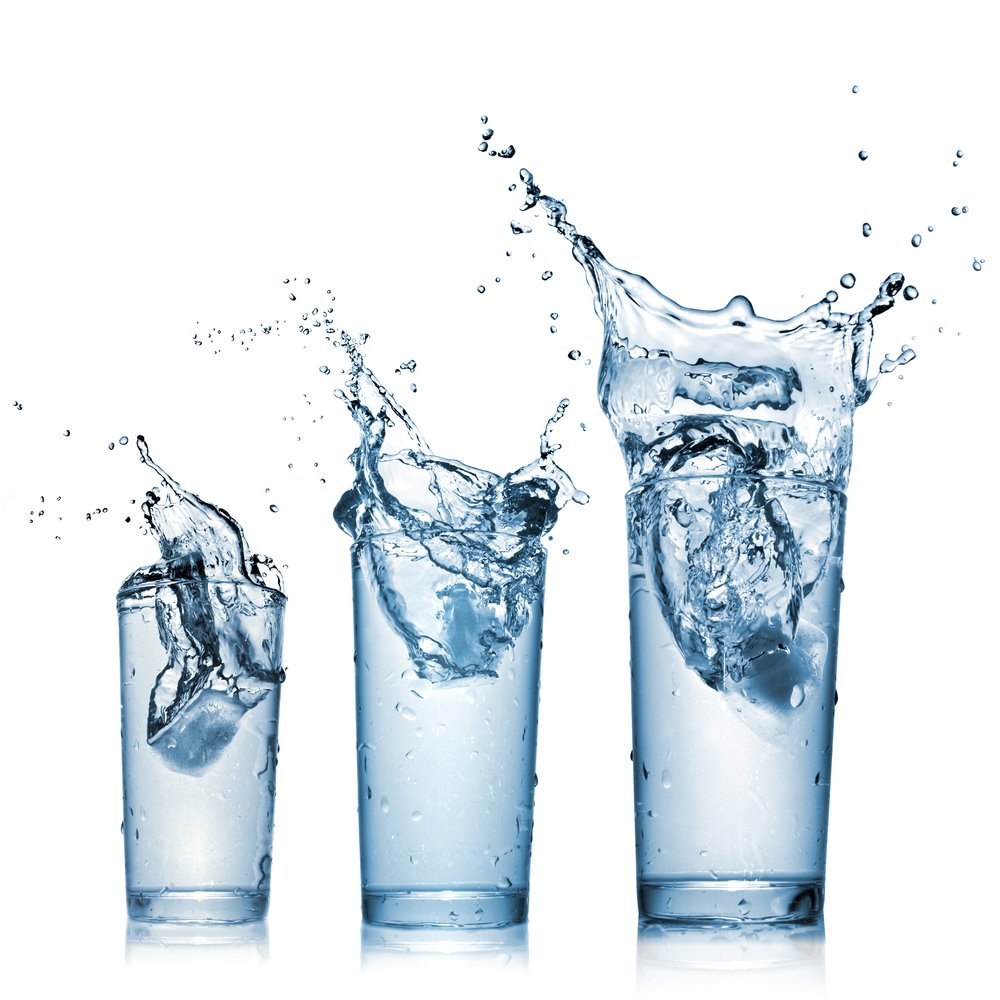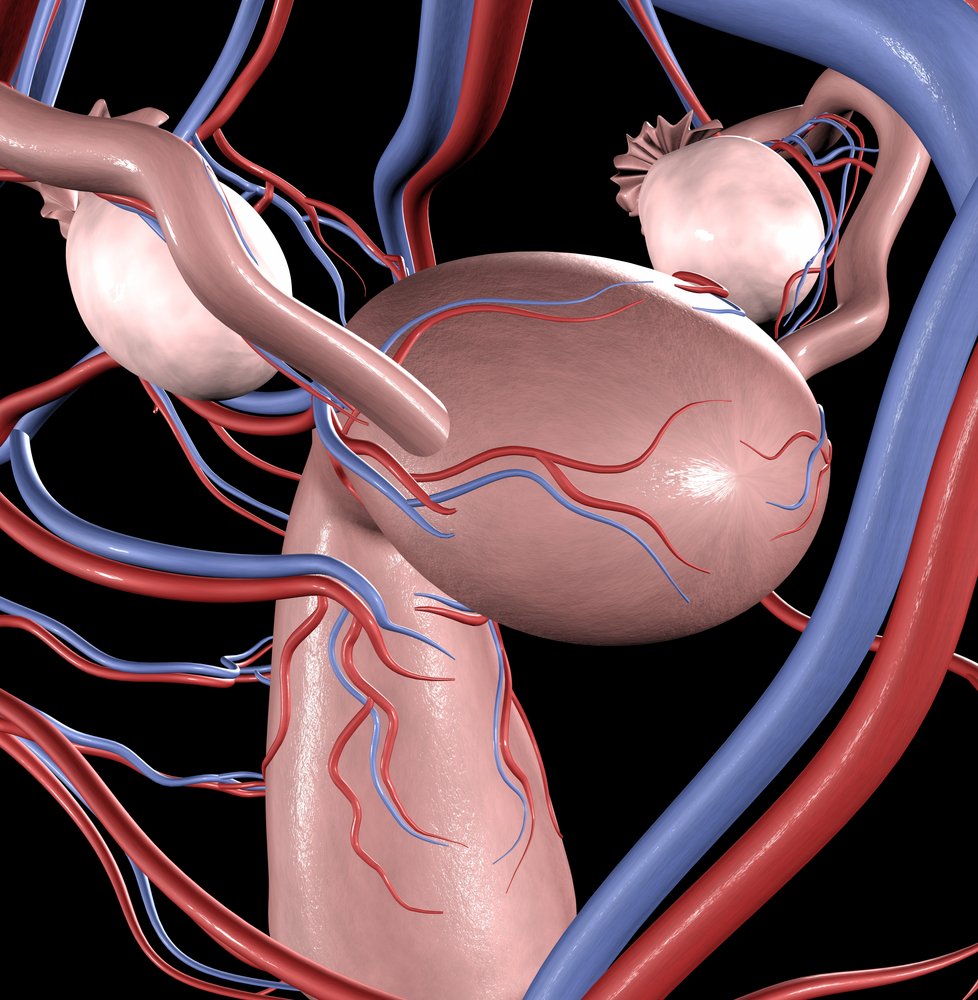What are the normal bladder volumes for men and women?
The bladder is a kind of reservoir where urine accumulates. When it is sufficiently filled, a person feels the urge to urinate. What is the normal bladder volume in women and men and what is considered a deviation?
The bladder is a hollow, round-shaped muscular organ with clear and even contours. The main function of the organ is to store and contain urine. Urine is held in the bladder due to the elastic walls of the mucous membrane. They can stretch by 2-3 mm. After emptying, the folds of the mucous membrane straighten. Their thickness ranges from 3-5 mm. Bladder filling - 50 ml per hour. When urine accumulates, the pressure in the bladder does not change.
When a certain size is reached, an empty signal is sent. The initiators of the impulse are the nerve cells of the organ wall . Normally, urine can be retained in the bladder for 2 to 5 hours. The spinal cord is responsible for contraction and emptying. When there is a strong urge, the sphincter holds back urine. However, if urine is held in the bladder for a long time, unwanted urination may occur.
Bladder capacity depends not only on gender, but also on a person’s age and health status. The bladder capacity in men is 650 ml. In women, the bladder capacity is smaller and amounts to 250-500 ml. This is due to the fact that in women the internal genital organs are located in the small area. A person feels the urge to urinate when the volume is 150-250 ml. However, in some cases a person is able to hold up to 750 ml of urine.
The size of a child's bladder depends directly on age. Initially, the organ is located slightly higher than in an adult. But with age it declines. For a newborn, the norm is 40 ml. Children aged 2-5 years experience the urge to void at 50 ml. The capacity of the organ in children over 5 years of age is 100 ml. In adolescents, the amount of urine varies from 100 to 200 ml.
How to determine bladder volume?
To determine the capacity of an organ, they resort to proven and reliable research methods, namely: ultrasound diagnostics. The organ is mistaken for a cylinder, and with the help of a special apparatus, the doctor determines not only the volume of residual urine, but also the presence of pathologies of the urinary system. If we compare these data with the organ catheterization data, there will be a complete coincidence. Ultrasound may have a slight error. It has been proven that measurement results are distorted when the bladder is loaded as a result of muscle strain. Residual urine levels are also false. Therefore, it is recommended to refrain from urinating before the examination.
The capacity of the bubble can be determined manually using a special formula. In this case, 0.75 must be multiplied by the length, width and height of the organ. This formula allows you to get reliable results. You can calculate the capacity of an organ using other formulas:
EMP = 73 + 32 x N, where N is the person’s age.
EMP = 10 x M, where M is the person’s weight.
To determine the capacity of an organ in children, another formula is used:
EMP = 1500 x (S/1.73), where S is the average surface of the baby’s body. This coefficient depends on the height and weight of the baby. Below is a table for determining the S indicator.

To determine the capacity and pressure inside the organ, cystometry is performed. This type of study also allows you to determine the presence of problems with the nerves and muscles of the organ. The principle of diagnosis is that a special catheter is inserted into the patient’s urinary organs. The measurement is carried out using a uroflowmeter apparatus. Residual urine is removed through the catheter. Then a sterile liquid at room temperature is injected into the organ. In some cases gas is used. A cystometer is attached to the catheter, which measures the volume and pressure in the bladder.
Size changes
Changes in bladder volume are observed throughout life. Factors that influence changes in organ size include:
- taking certain medications;
- pregnancy period;
- the presence of benign or malignant neoplasms;
- elderly age.
The bladder changes in size when taking sedatives, opiates, parasympatholytics, some anesthetics and ganglion blockers. The size of the organ may change in the presence of neurological pathologies. Also, capacity may decrease under severe stress or emotional trauma. If the diameter of the bladder has changed due to stress, then this is reversible. To return to its former capacity, it is necessary to get rid of nervous tension and restore the emotional background.

Surgical interventions on the pelvic organs have a negative impact on the functioning of the organ. Frequent urination indicates a decrease in volume. It becomes difficult for the patient to control the process of emptying the bladder. In some cases, the urge occurs before the bladder has time to fill with urine.
If the bladder becomes smaller or larger, the quality of life in men or women sharply worsens. Night urges appear. The number of trips to the toilet can exceed 6-7 times a day. The child may urinate more often. The daily rate of urine excreted is significantly reduced. A small bladder quickly fills with urine, so frequent emptying is required. A large bladder also quickly fills with residual urine, causing the need for frequent bowel movements.
Reasons for decrease and increase
The size of an organ can decrease for two reasons:
- functional (impairment in work);
- organic (change in structure and its wall).
Malfunctions are caused by nerve endings or their insufficient activity. In medical practice, this change is called “hyperactivity.” A patient with this diagnosis experiences frequent urge to urinate. The cause of hyperactivity may be infection, gynecological diseases or prostate diseases.
Organic factors include long-term inflammatory processes. The tissues of the organ are replaced with connective tissue, which leads to a decrease in the size of the bladder. Long-term inflammatory processes are observed with interstitial or radiation cystitis, organ tuberculosis, and schistosomiasis.

Interstitial cystitis is an inflammatory process of a non-bacterial nature. This pathology can be recognized by blood in the urine and abdominal pain. Radiation cystitis usually develops after radiation therapy. He is also characterized by blood impurities and frequent urination. The causative agent of tuberculosis is the bacterium tuberculosis bacillus. The disease manifests itself in the form of dull and constant pain in the lumbar region, fever. Schistosomiasis is a helminthic disease that can be recognized by the presence of urticaria, skin swelling, pain, fever, and sweating. Without treatment, there is a high probability of developing complications such as epididymitis and prostatitis.
Bladder enlargement occurs when:
- ishuria;
- stones in the organ;
- stones in the ureter;
- prostate tumors;
- polyps.
The greatest likelihood of developing ischuria is observed in diseases of the central nervous system, injuries to the urethra, drug intoxication, after surgery on the perineum, genitals or rectum. Urolithiasis is diagnosed in both elderly people and children. The reason for its development is a lack of vitamins, metabolic diseases, injuries, and diseases of the digestive tract. The number of stones may vary. At an early stage of the development of urolithiasis, a dull pain appears in the lower back.
A moving stone may block the internal opening of the urethra. In this case, urination stops. To resume it, the patient must change position.
Provoking factors that can cause bladder enlargement include cholecystitis, multiple sclerosis, endocrine disorders, and adnexitis. In some cases, a large bubble is observed with brain tumors or functional pathologies of the prostate. A large bubble is quite easy to feel, but upon palpation it can be confused with an abdominal tumor. Therefore, to make an accurate diagnosis, it is necessary to undergo laboratory and instrumental examination.
Features of treatment
If unpleasant symptoms appear and you are worried about frequent urination, you should consult a doctor. Treatment is prescribed based on the root cause and type of disease. In order to make the correct diagnosis, the doctor performs chromocystoscopy, ultrasound and excretory urography.
A small bladder is treated conservatively. The patient is indicated for injections of neurotoxins. The medicine is injected into the organ through the urinary tract. Hyperactivity decreases and thus the frequency of urges decreases. Hydrodilation is also performed. The principle of the procedure is to introduce a special liquid into the organ, which will stretch the volume.
When treating a large bladder, surgical treatment is effective. Depending on the type of disease, myomectomy, cystectomy, transurethral detrusorotomy and augmentation cystoplasty can be performed. During the rehabilitation period, medications are prescribed that increase the tone of the organ. Physiotherapy and therapeutic exercises are also effective.




